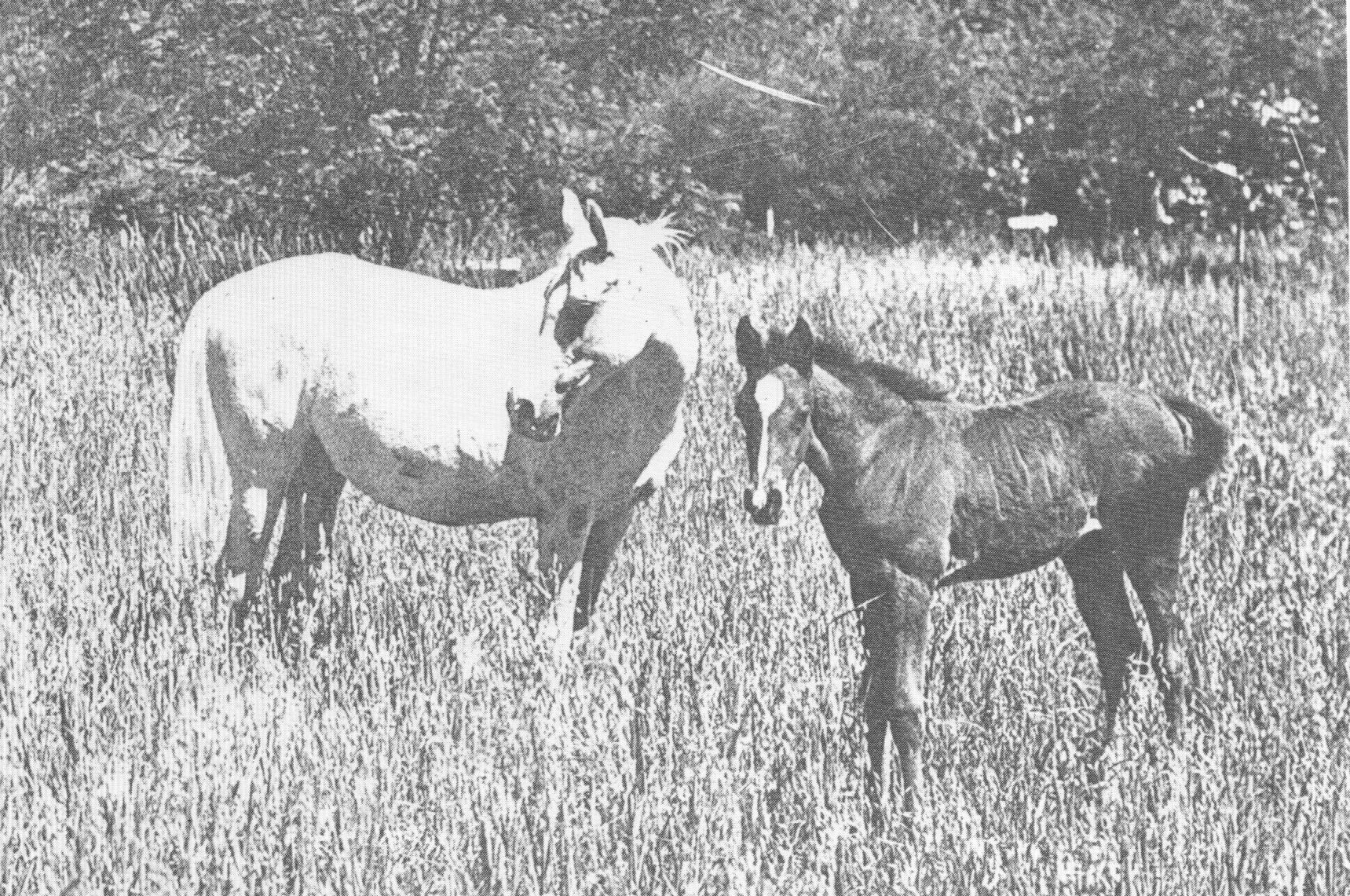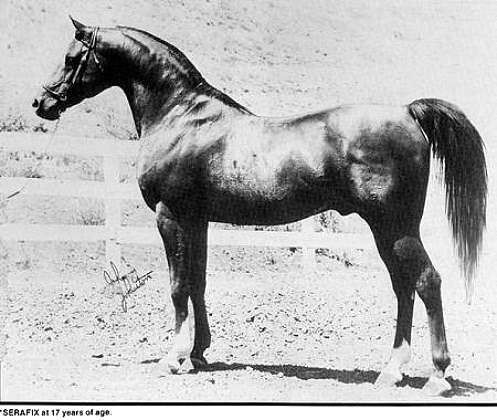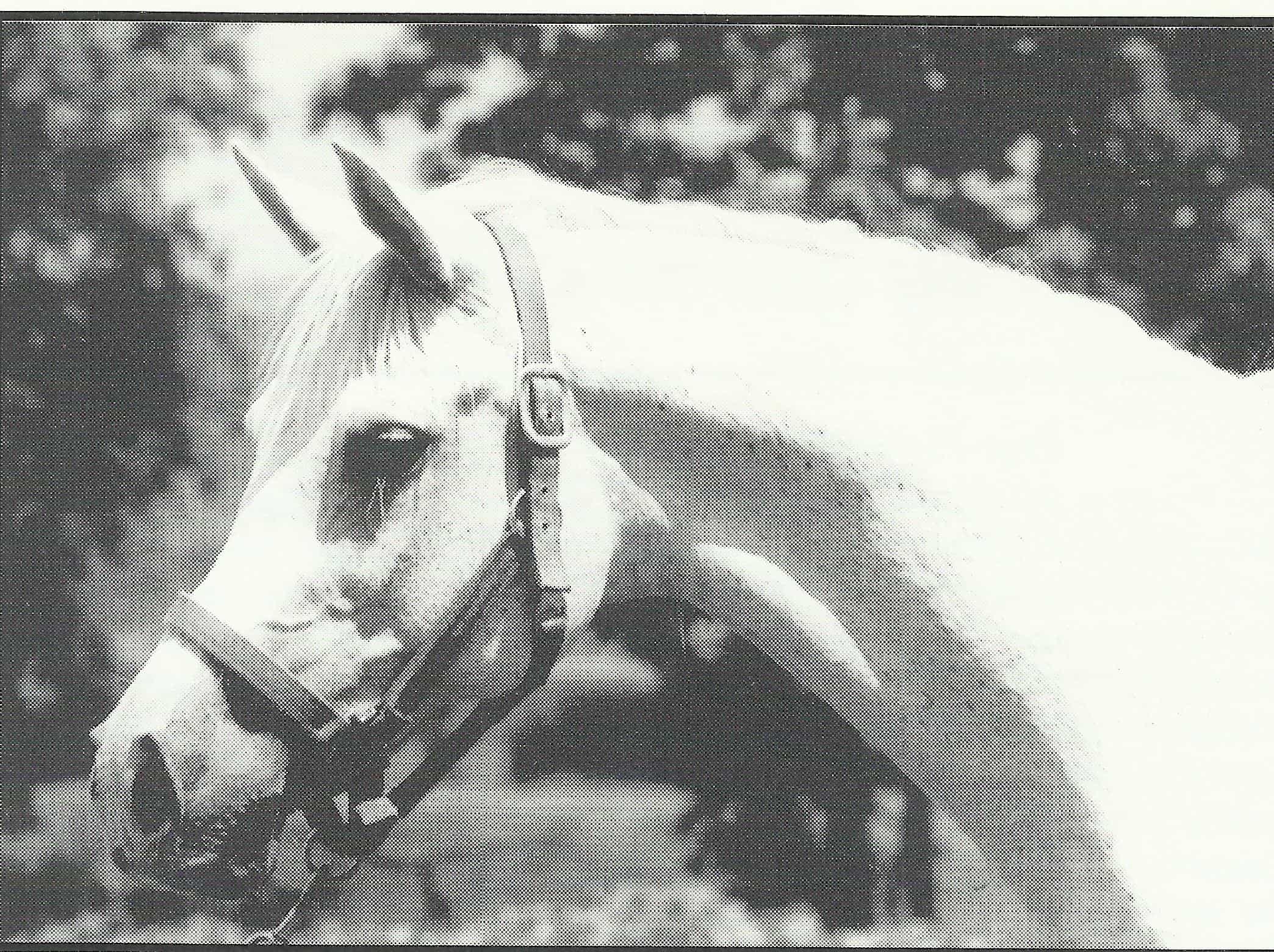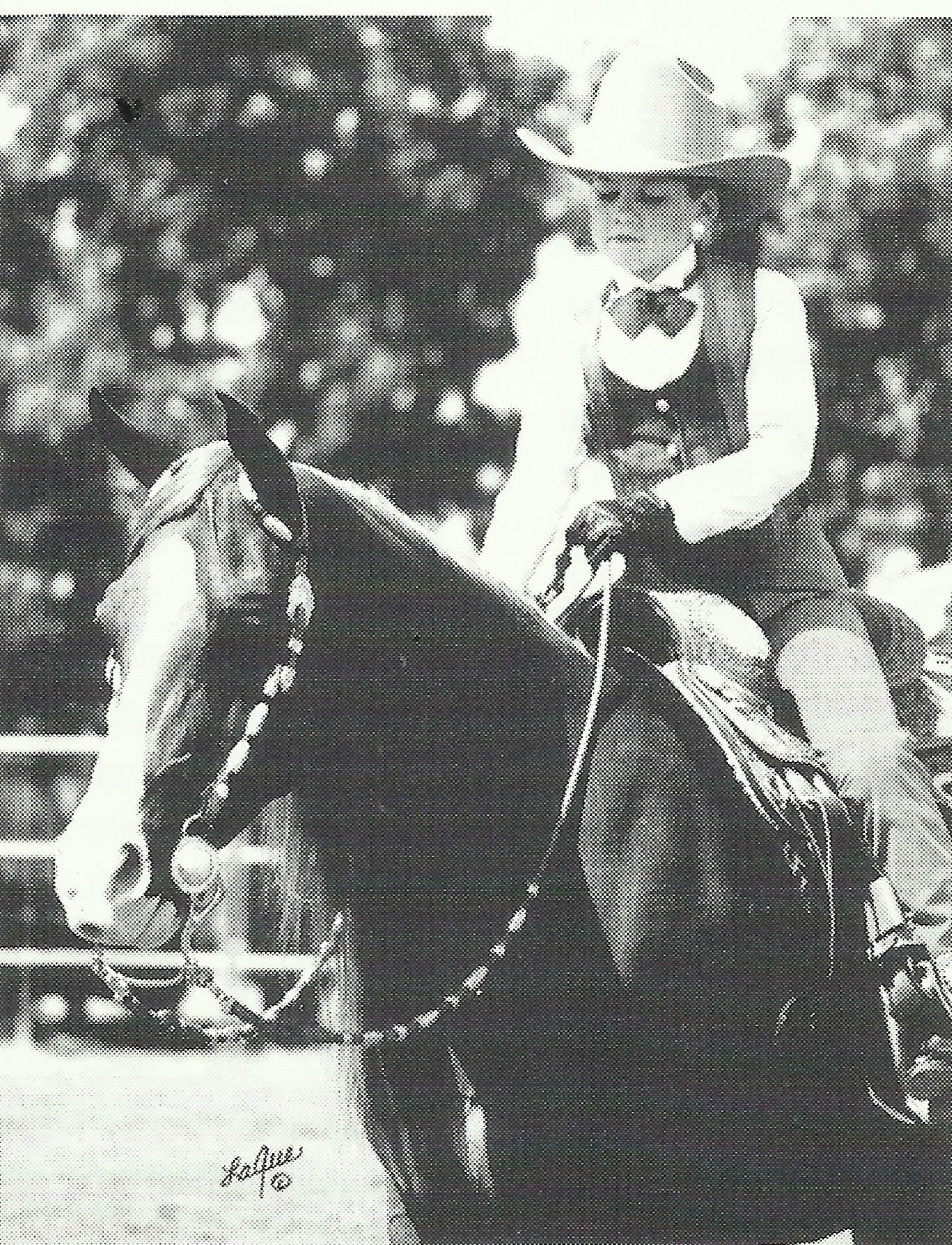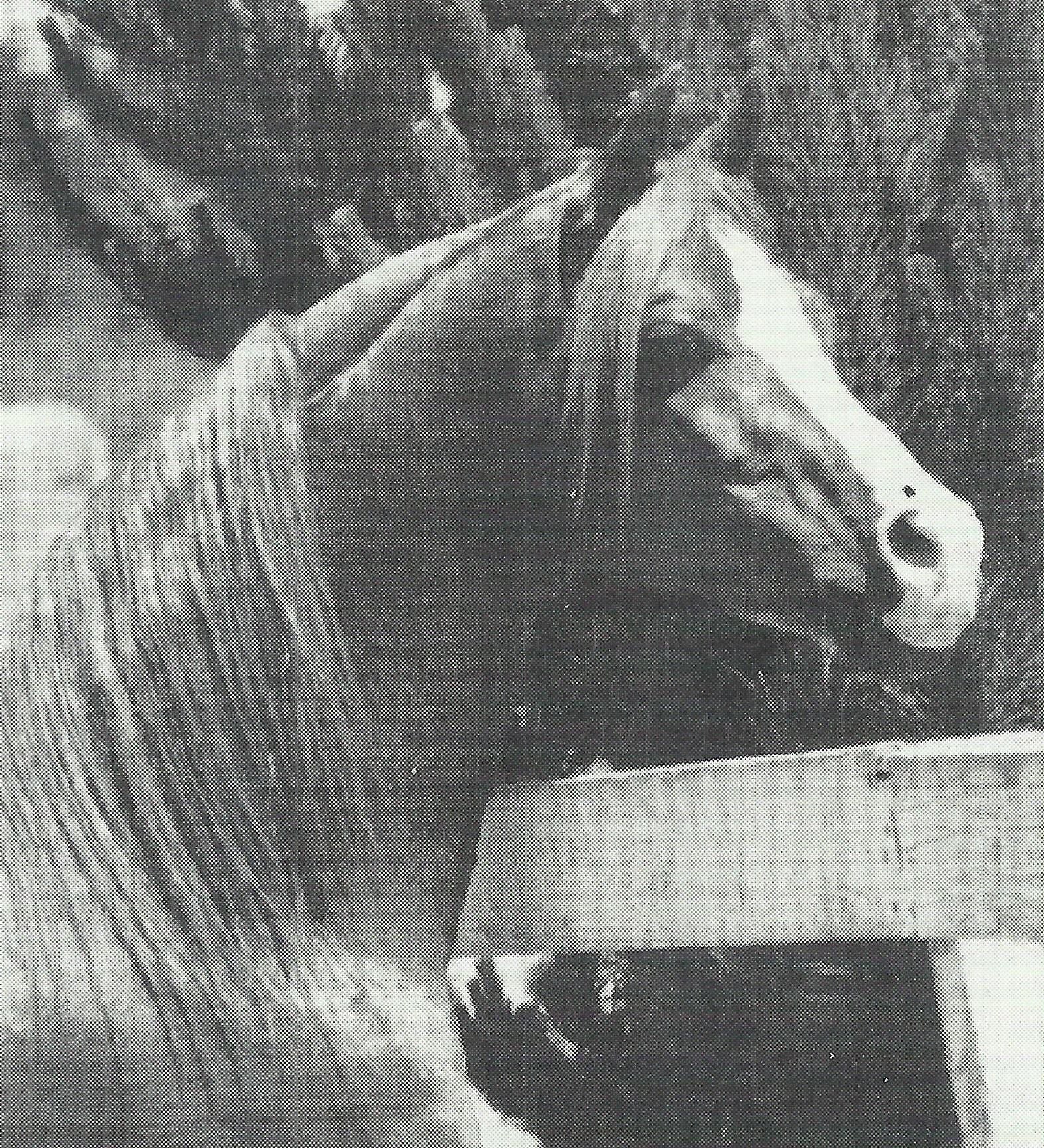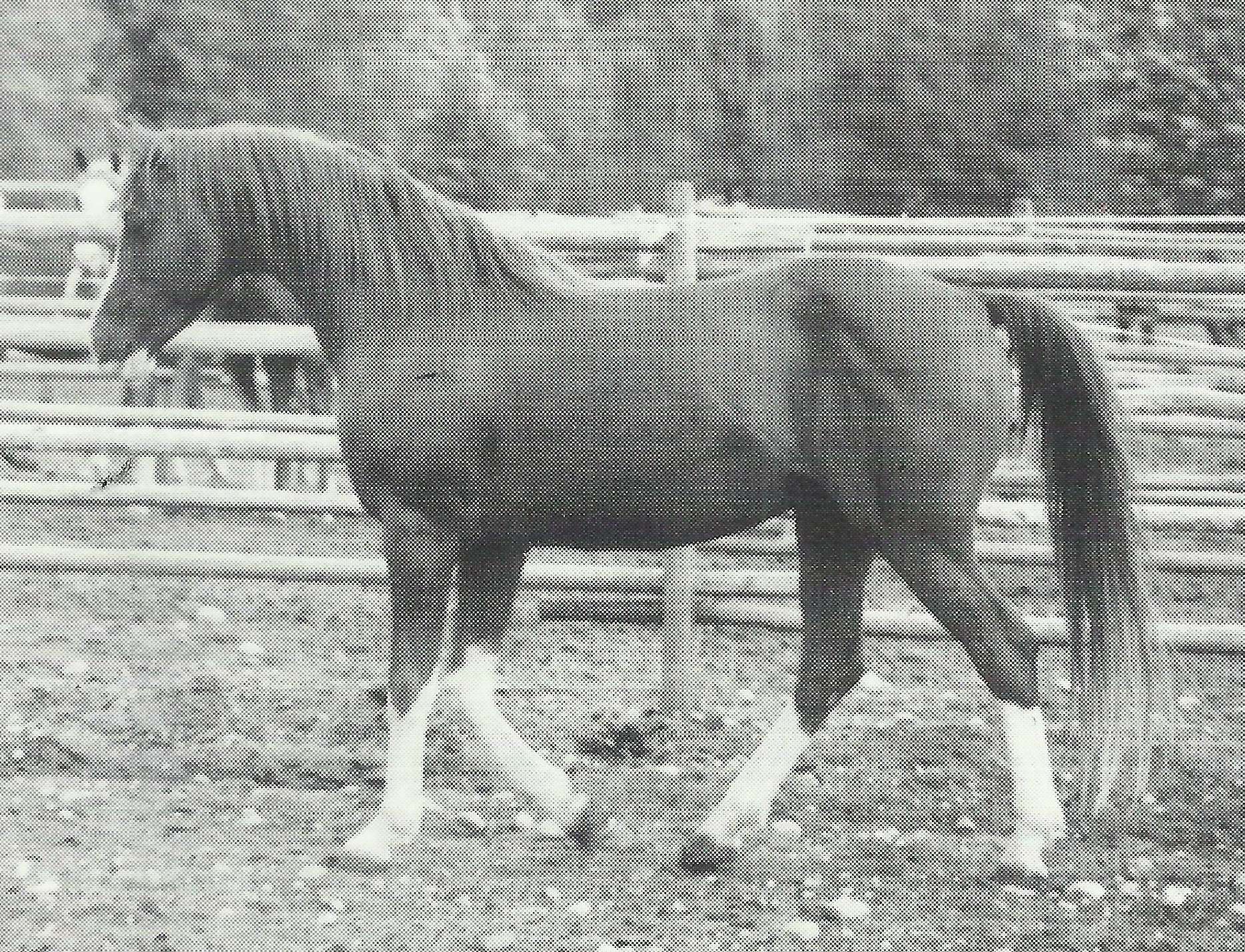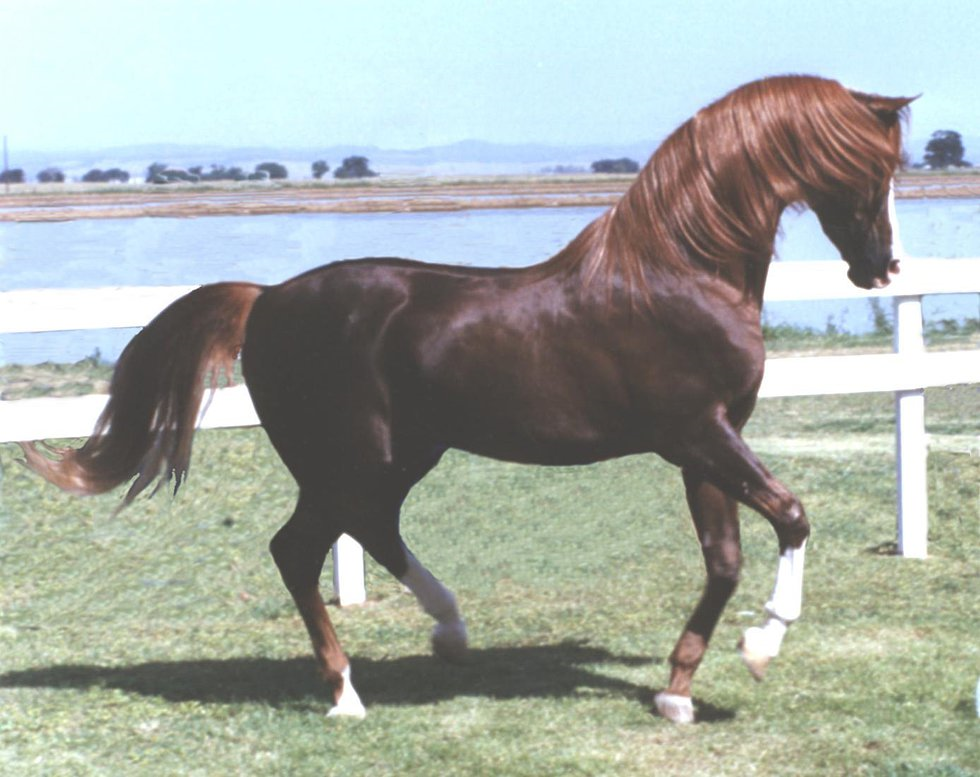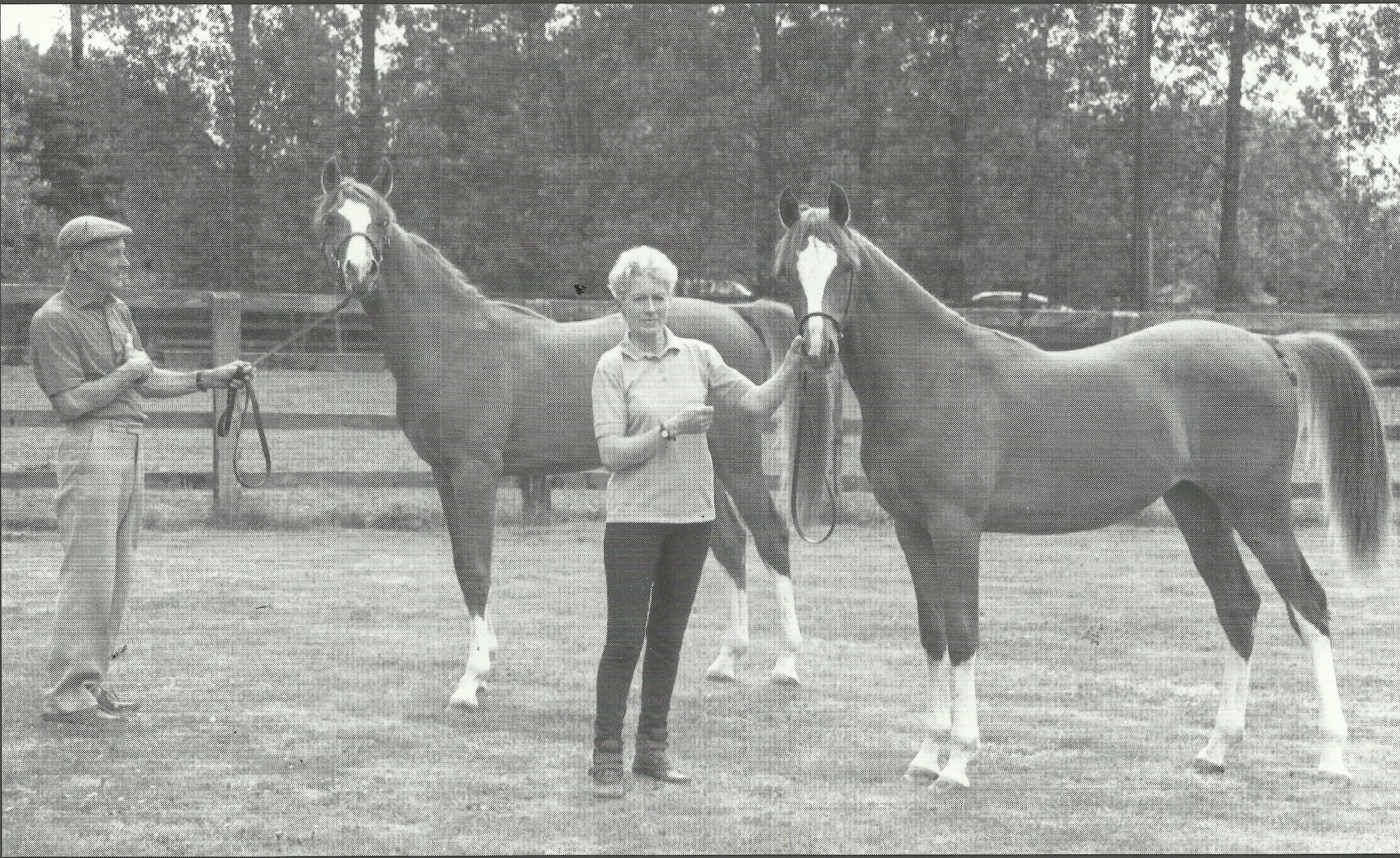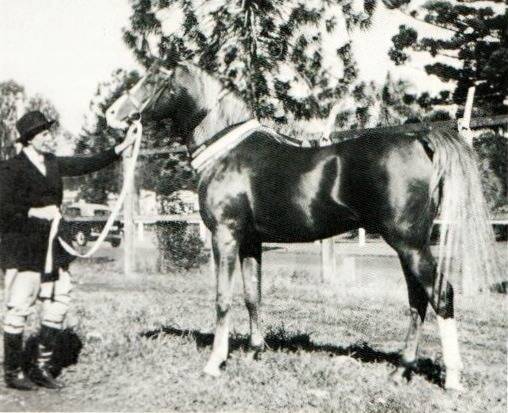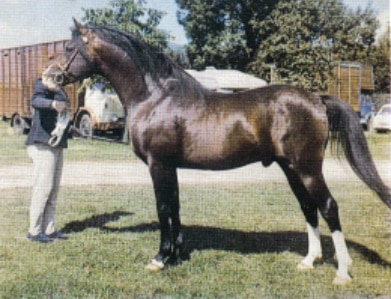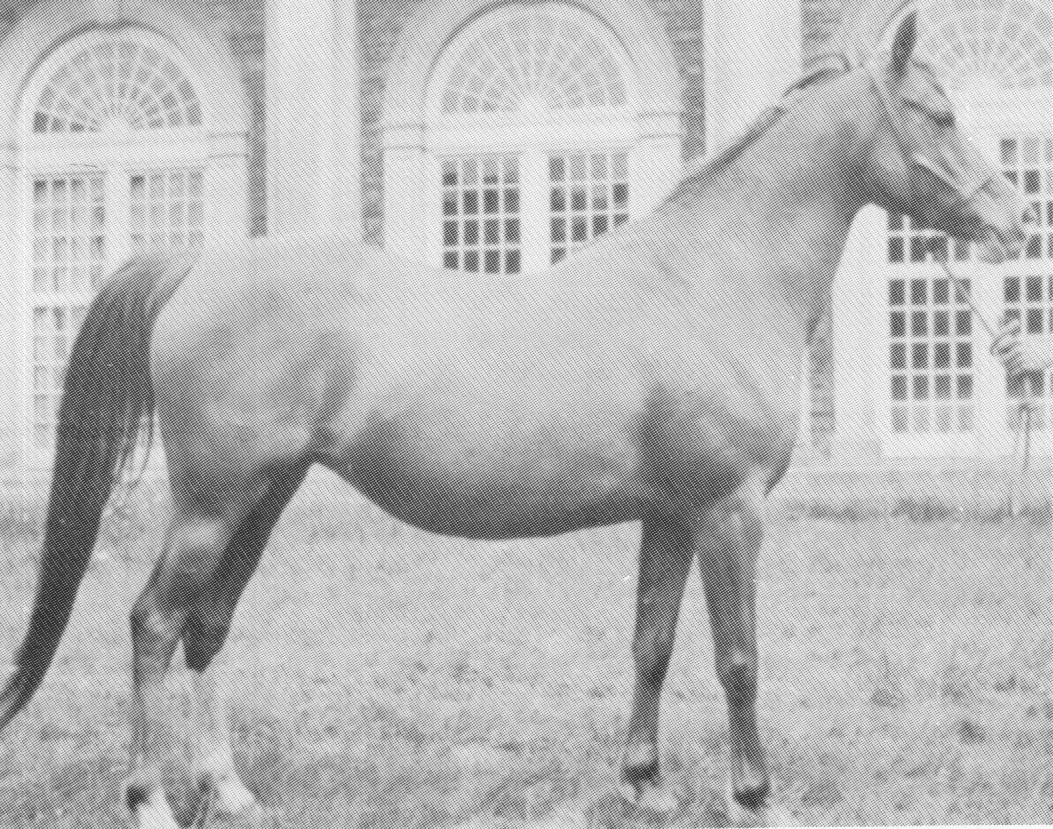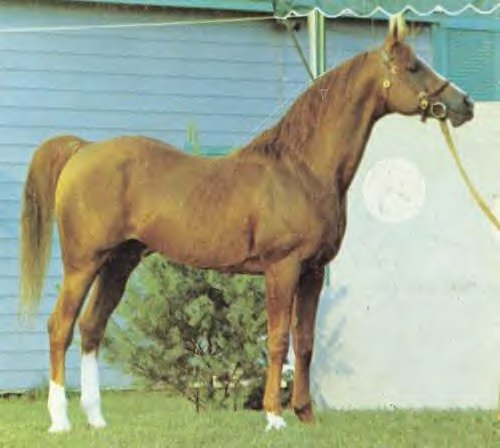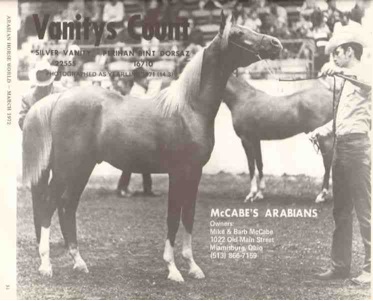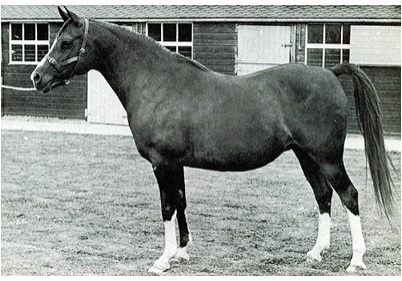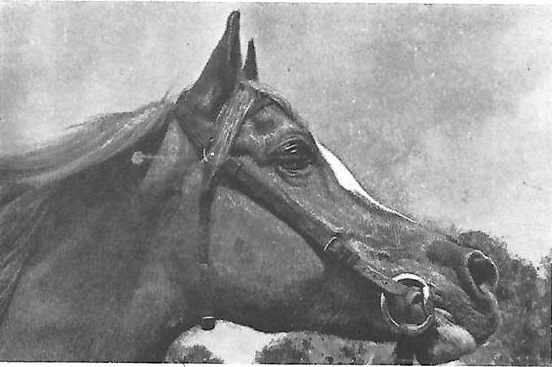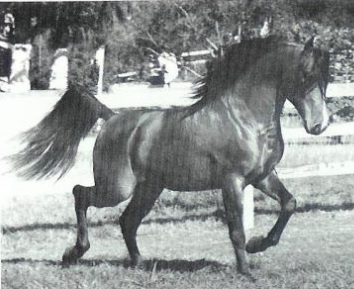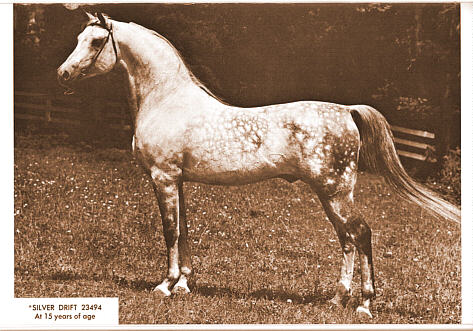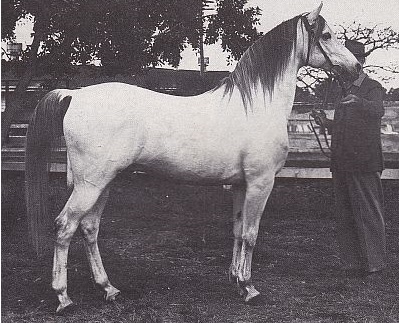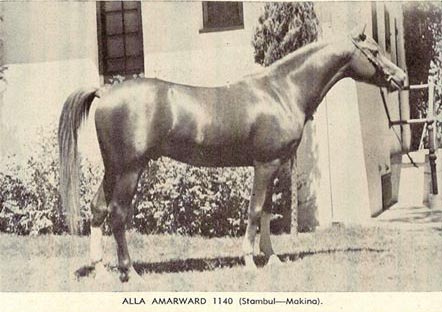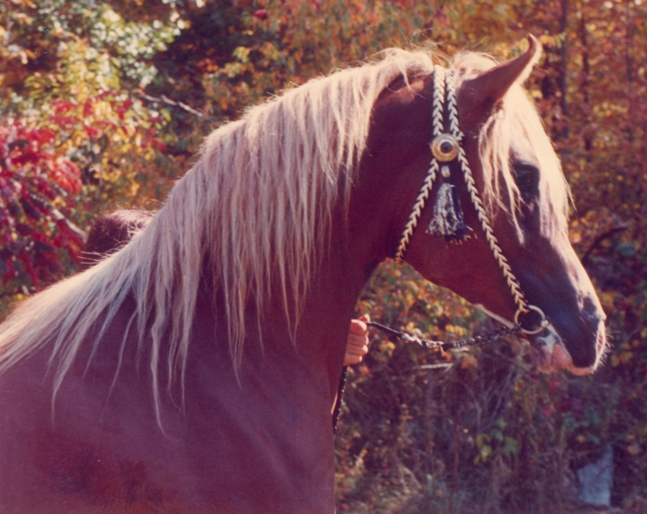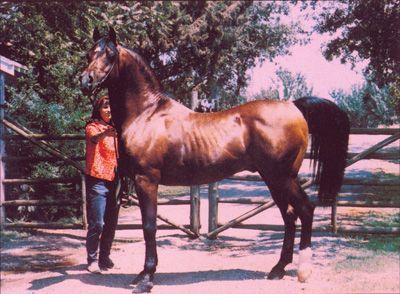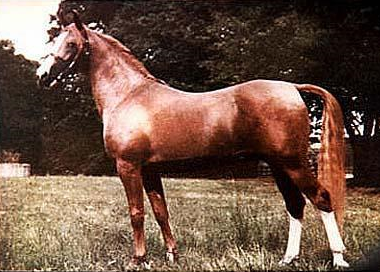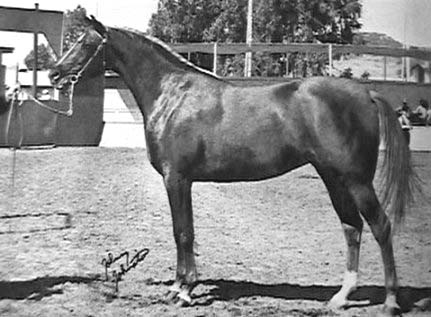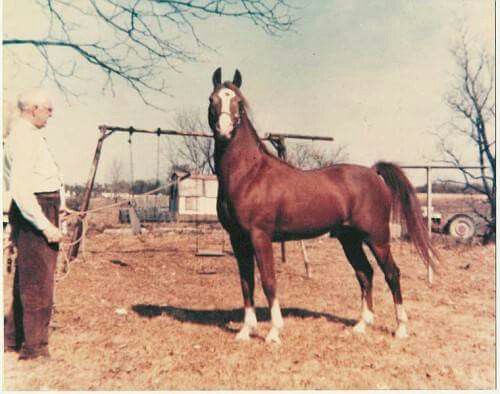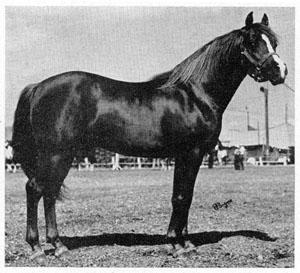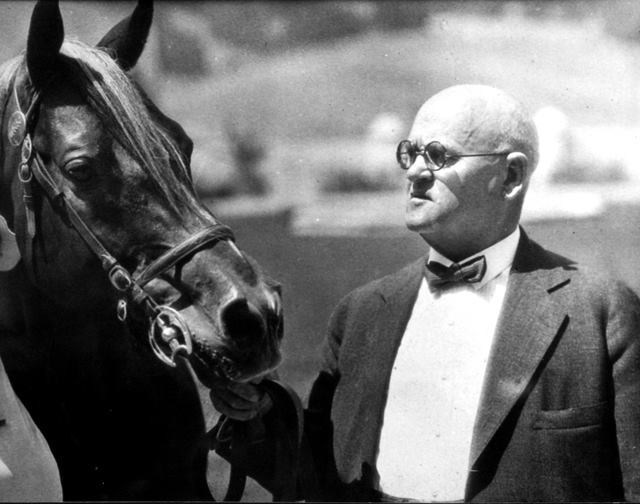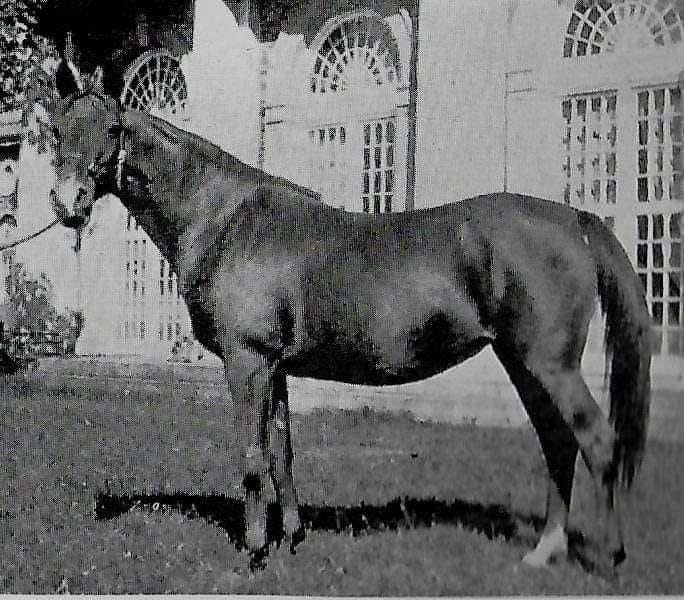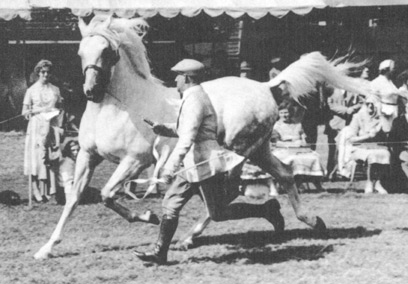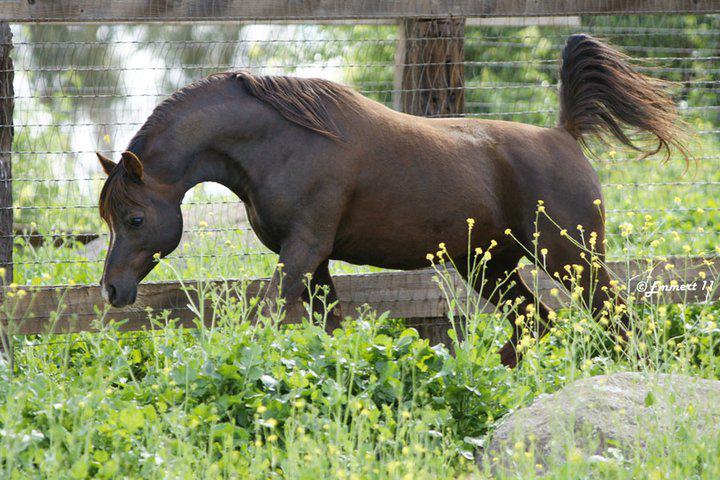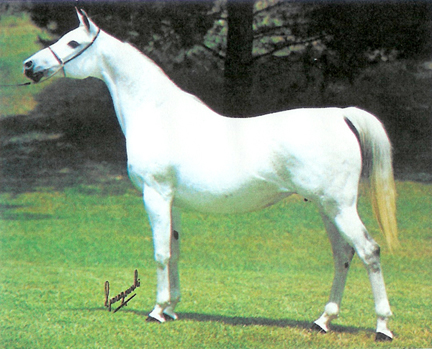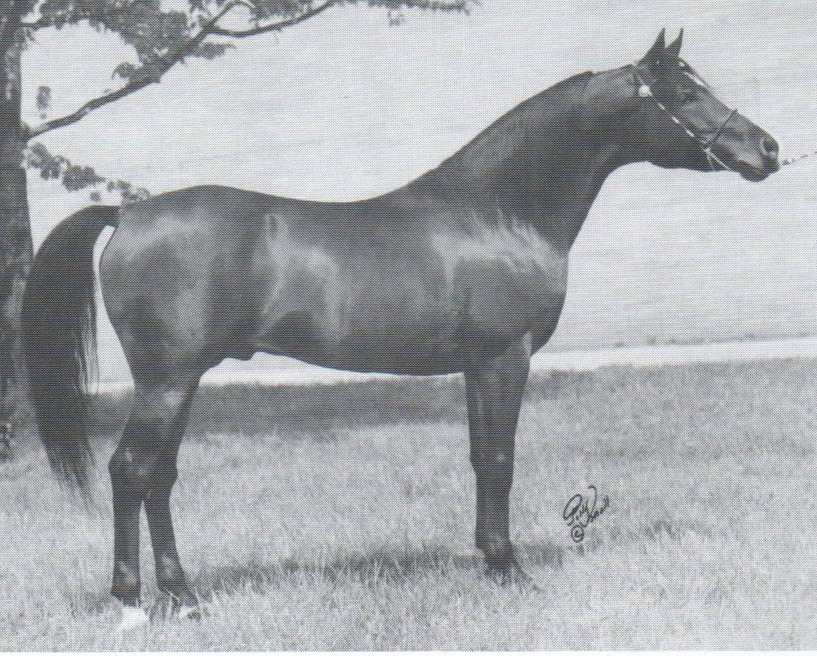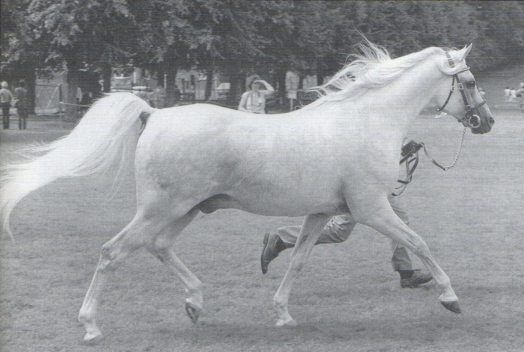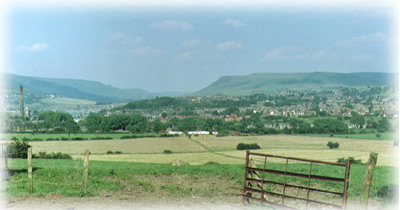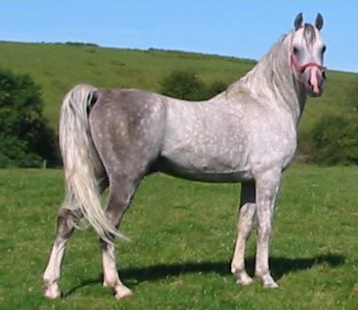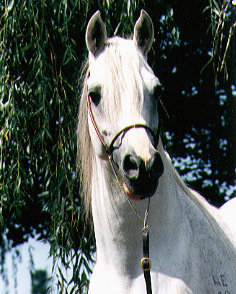Articles
-
The W.K. Kellogg Arabian Horse Ranch - Part 14: 1931, *Malouma 738 and *King John 739 Are Purchased
-
*Serafix Remembered
-
Long Live Crabbet: A Tour of Straight Crabbets in the American North East
-
Ben Rabba's Legacy, and Me
-
Two Pages of Anecdotes from Ben Rabba Fans Near and Far
-
Ben Rabba 1964-1990
-
Cantrell Arabs and the 'Ben Rabba Collection'
-
Ben Rabba Photo Essay: Sons, Daughters, Grandsons and Granddaughters
-
Ben Rabba: An Exceptional Influence on the British Arabian
-
Centenary of the Harwood Stud
-
Count Manilla
-
Painswick Lodge Stud - Part II
-
Margaret Murray and the Painswick Lodge Stud: Part 1, 1932-1967
-
*Count Dorsaz
-
Vanitys Count++ 66104
-
Distinctly Crabbet: Sirella and Hanif
-
Irex - An Appreciation
-
Rissla - The Legacy of Crabbet
-
Sires of Distinction: The Sons of *Serafix
-
*Silver Drift: Sire Supreme
-
The Silver Drift Influence in Australia
-
Alla Amarward 1140 and H.H. Reese
-
Three Great Crabbet Sires: *Serafix, *Silver Vanity and *Raffles
-
Phara Farm: Golden Horses of the Sun
-
Fadjur: The Story of a Breed Legend
-
Oran by Arlene Magid
-
*Serafix: Premier Crabbet Broodmare Sire
-
Aaraf
-
Ankar 3063
-
Antez 448: The Versatile Arabian
-
The Original Crabbet - Maynesboro - Kellogg Mare Families
-
Carleton Cummings and his Skyline Trust Arabians
-
Magical Memories - Indian Magic, An Interview with Fred Rice
-
Pete McNeil – A Lifetime With Arabians
-
Gaffi
-
Overlook Farwa (Abu Farwa x Al Marah Zaibaq) – The Next Chapter
-
UK Sires of Significance: General Gold, Silver Flame and Silver Blue
-
UK Summer 2000 Stud Tour
-
Templars Stud, Lancashire - UK Summer 2000 Stud Tour
-
Star Arabian Stud, Lincolnshire - UK Summer 2000 Stud Tour

